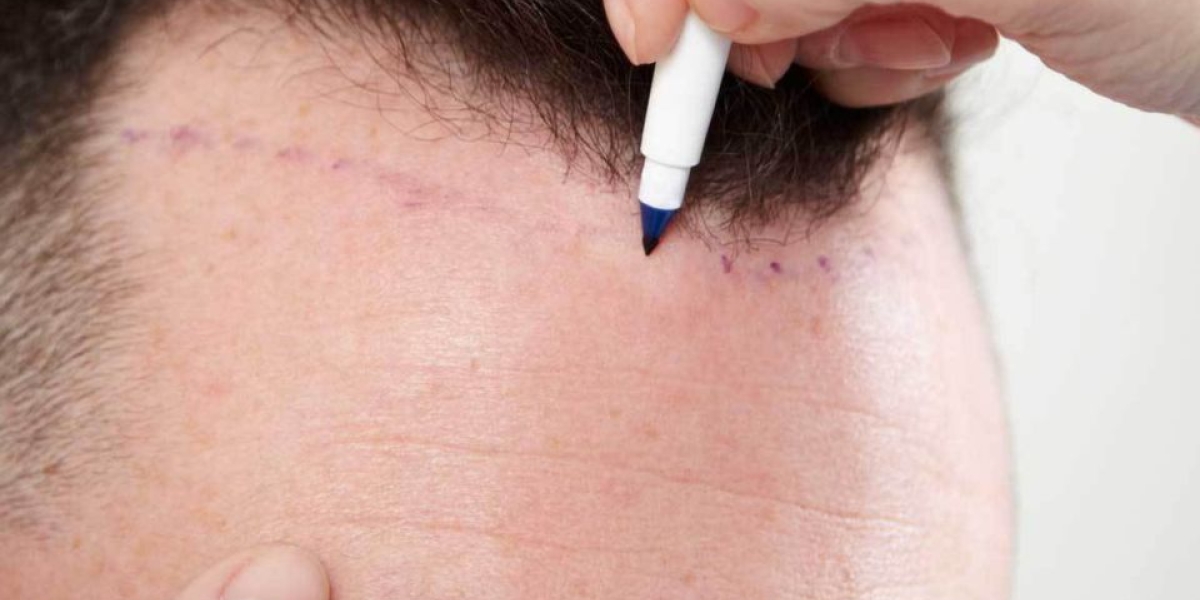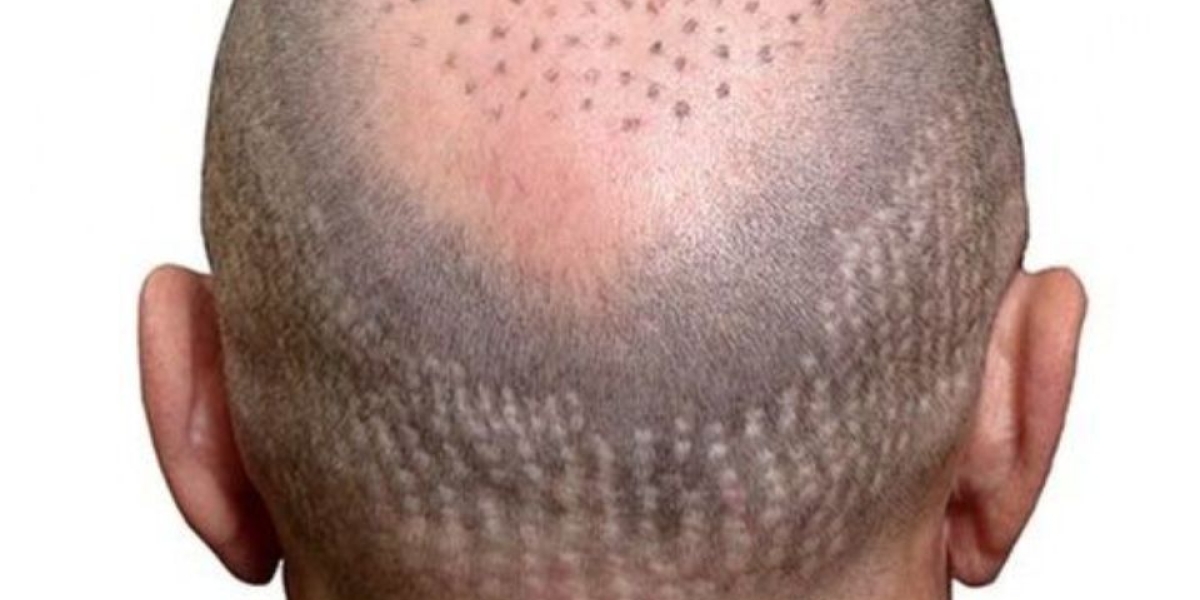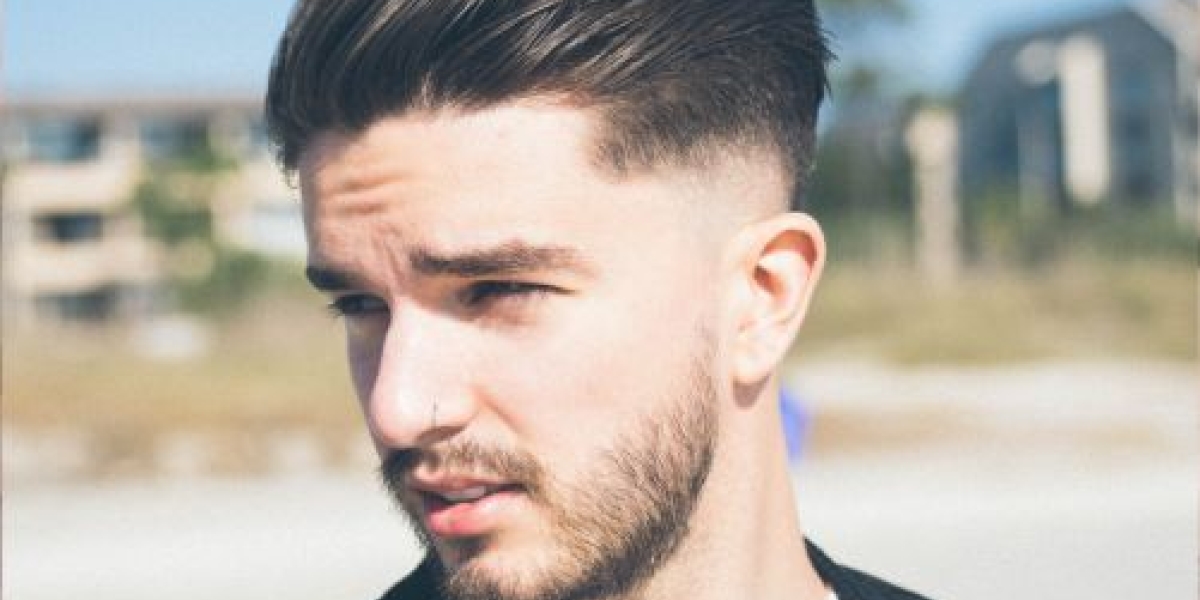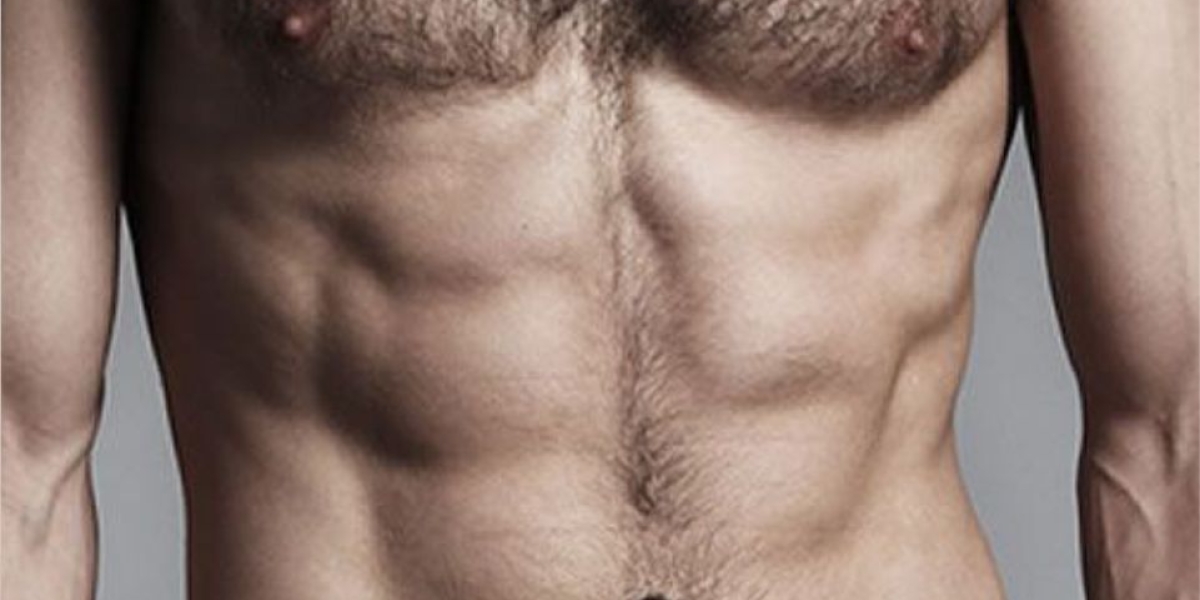Body hair transplantation is in its infancy where its role in hair restoration is concerned. Theoretically, just as hair follicles can be transferred from scalp to scalp, the hair follicles can also be transferred from body to scalp. But one must remember that hair follicles on the scalp differ from the hair follicles from other parts of the body in their biologic properties, hormone responsiveness, calibre, rate of growth etc. and hence behave differently. This means that the yield can be unpredictable and could be slower and lower.
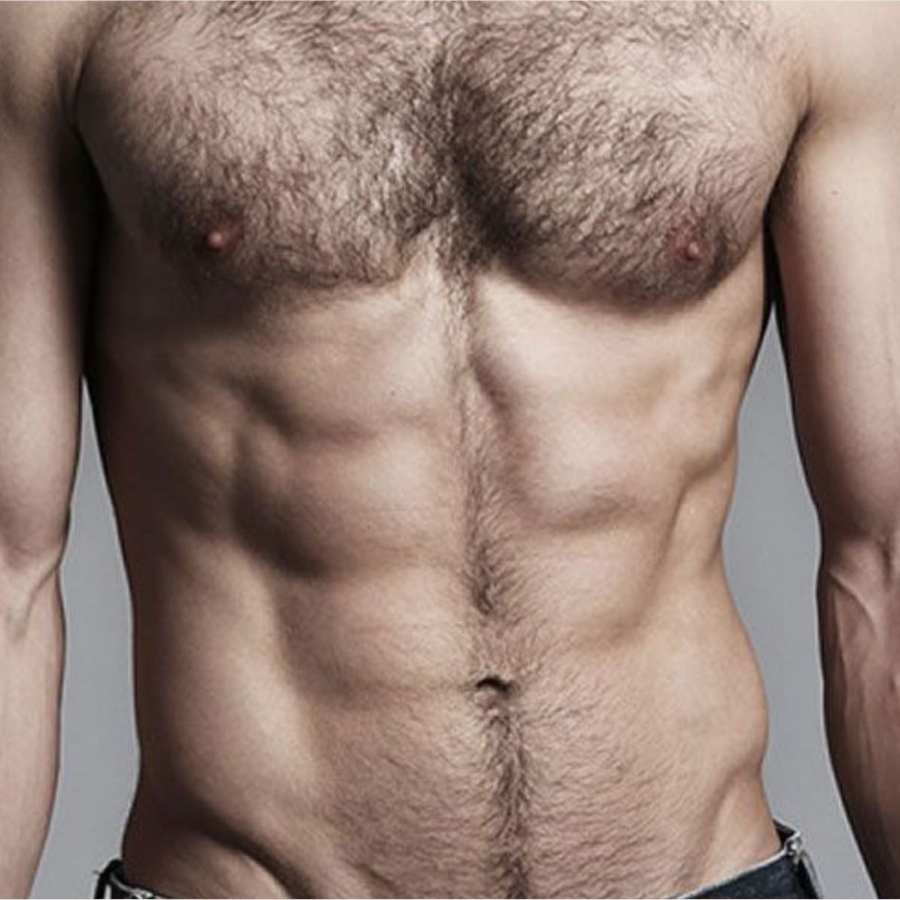
Studies have shown that body hair has a very short growth (anagen) phase and a very long rest (telogen) phase. The ratio of growing follicles to resting follicles on the scalp is 85:15 or even 90:10. While on other parts of the body the ratio of growing hair to resting hairs may be 50:50 or even 40:60. To put things in perspective – on the scalp most of the hair will be visible as almost 90 % are in growing phase while for e.g. on the leg only 40% of hair will be visible as the rest is in sleeping phase. Also the duration of growth phase (which decides the length of your hair) is also lower and hence these hair do not reach the length of scalp hair. Scalp hair needs a haircut but nobody ever talks of a body haircut simply because the body hair does not grow as long as the scalp hair.
Body Hair Transplant (BHT) uses the same principles of extraction as FUE, but the hair is extracted from various parts of the body and not from the scalp. BHT is a relatively new form of hair replacement; and in certain special situations it may be considered for hair restoration.
Patient selection for BHT
- When no scalp donor hair would be available for transplantation
- When there is abundant body hair of good quality
- Patient does not have keloidal tendencies.
- Can be tried in cicatricial forms of alopecia.
A BHT is considered after a thorough consultation. A patch test is first undertaken prior to the patient undergoing any extensive procedure, depending on case specifics. Once the patch test is completed and then assessed over six months or longer, if the results are found to be positive then we may proceed for a larger session.
Preparation for body hair transplant
If you are taking oral finasteride or dutasteride you should stop it 3 months before the transplant, as Finasteride may affect the body hair negatively. The area chest/back/beard may be chosen as a donor source. The density and calibre of the hair in this area should be good. Check for any evidence keloid or hypertrophic scarring especially when chest or back is the donor area.
It is ideal to shave the area at least 3-4 days before the surgery.

